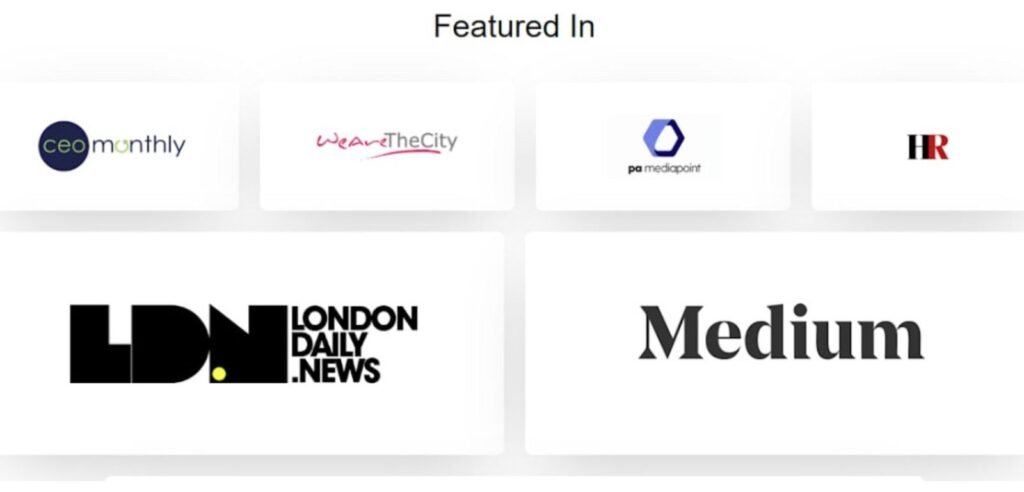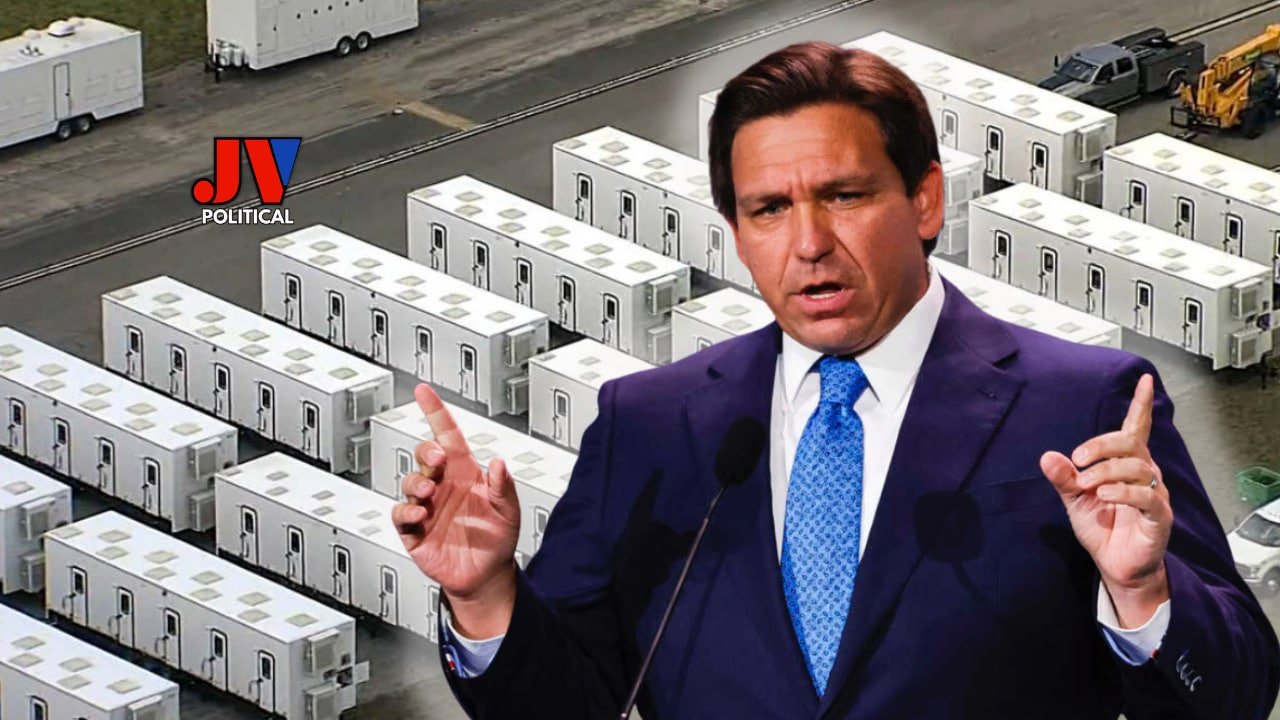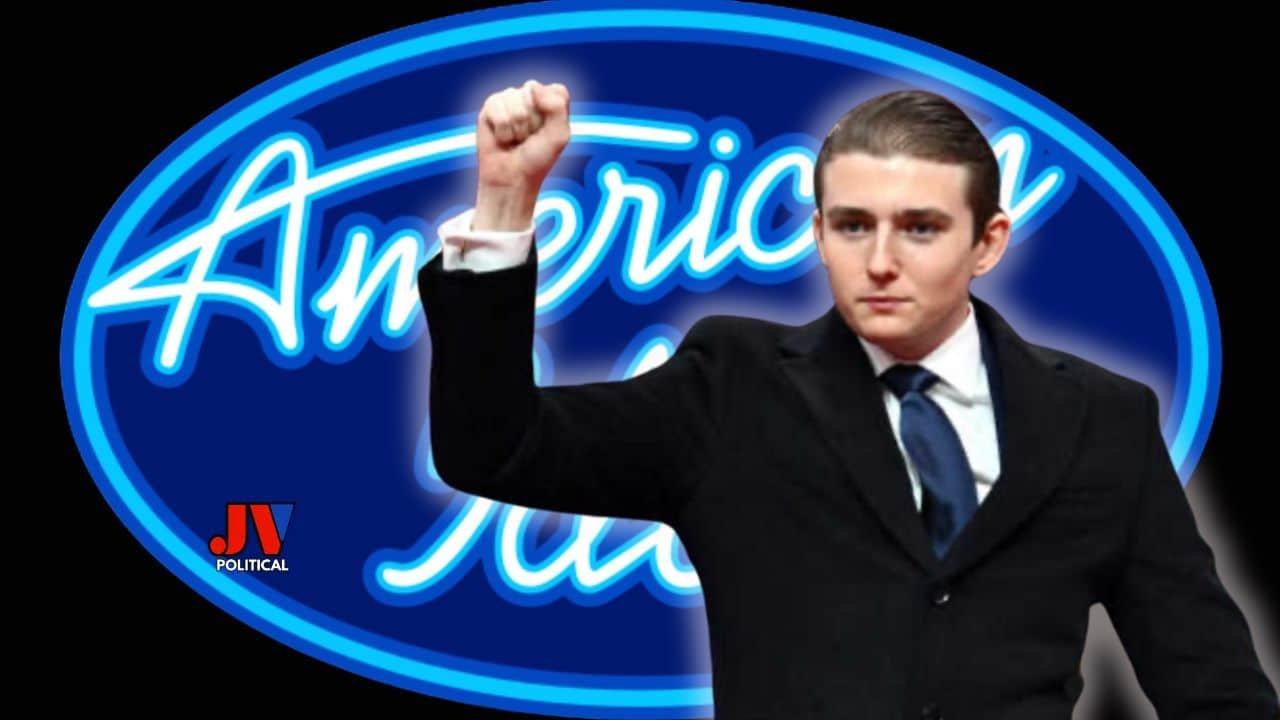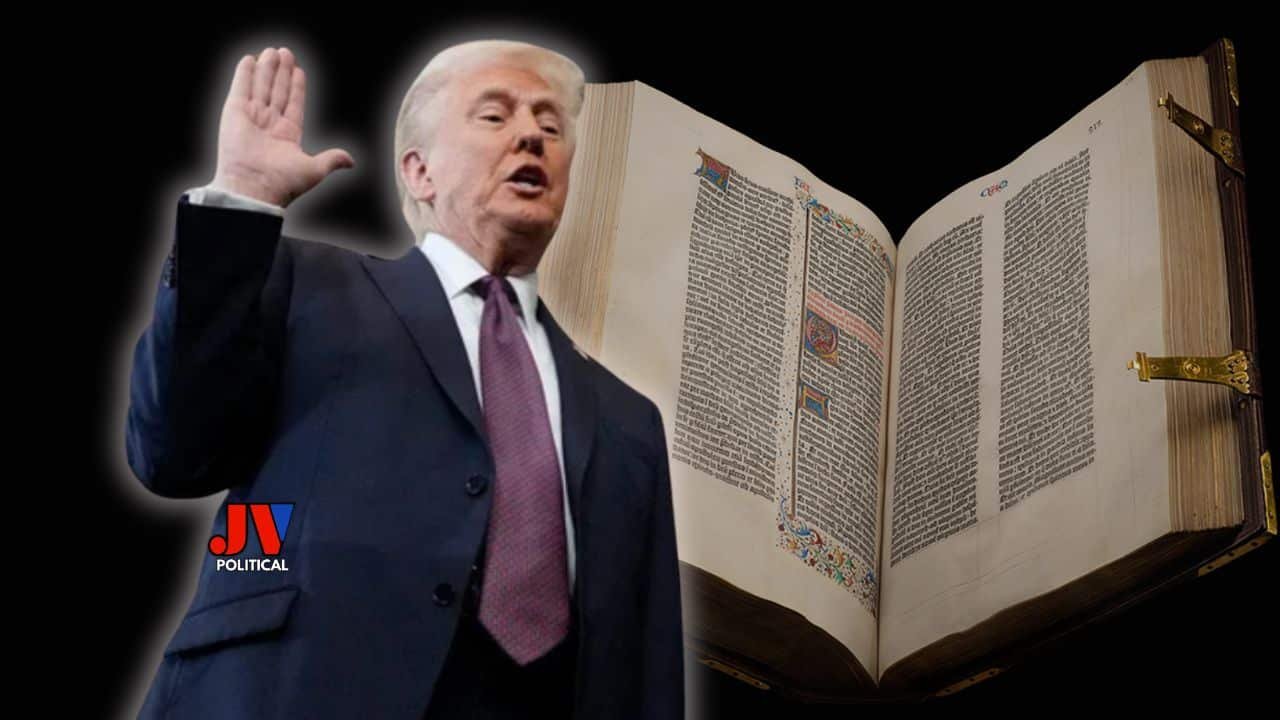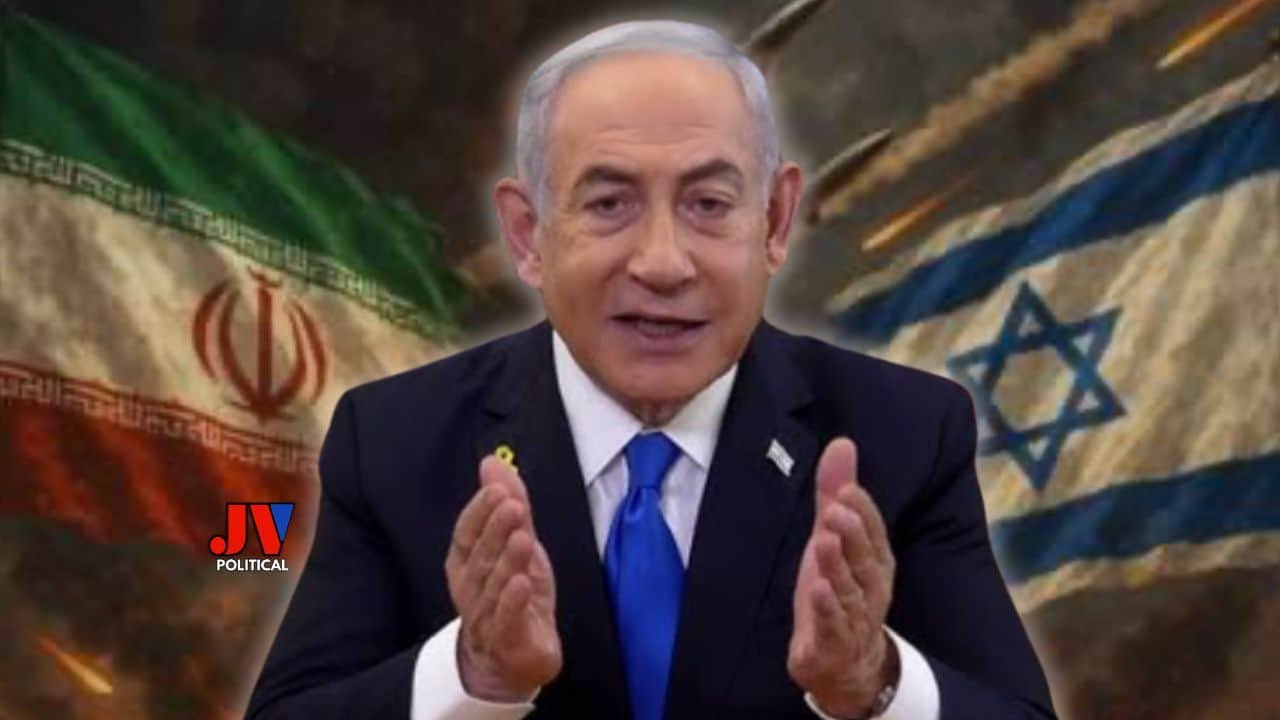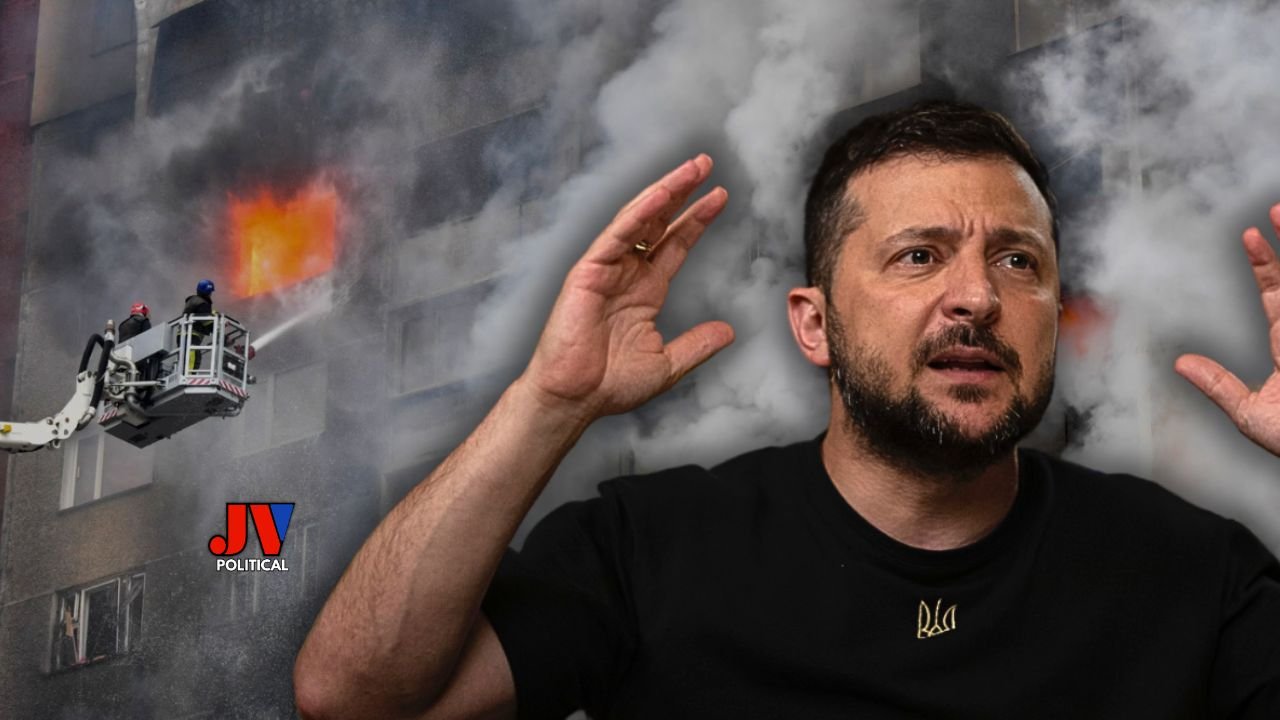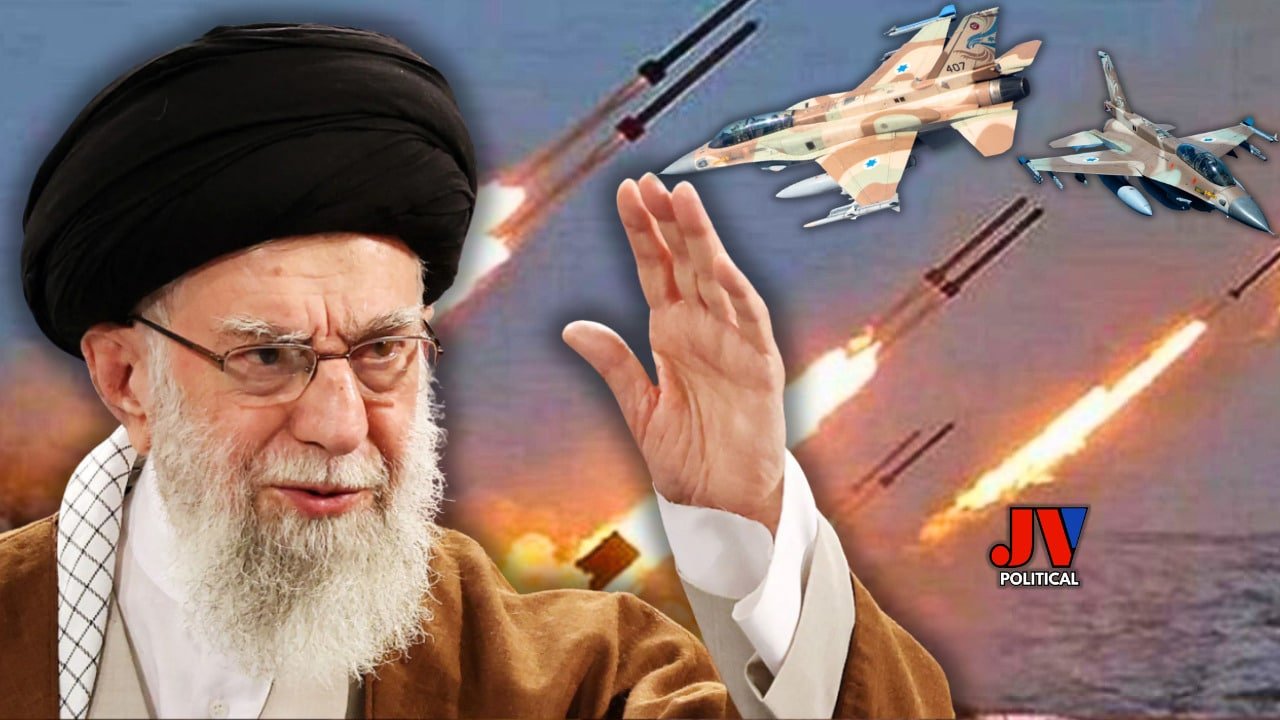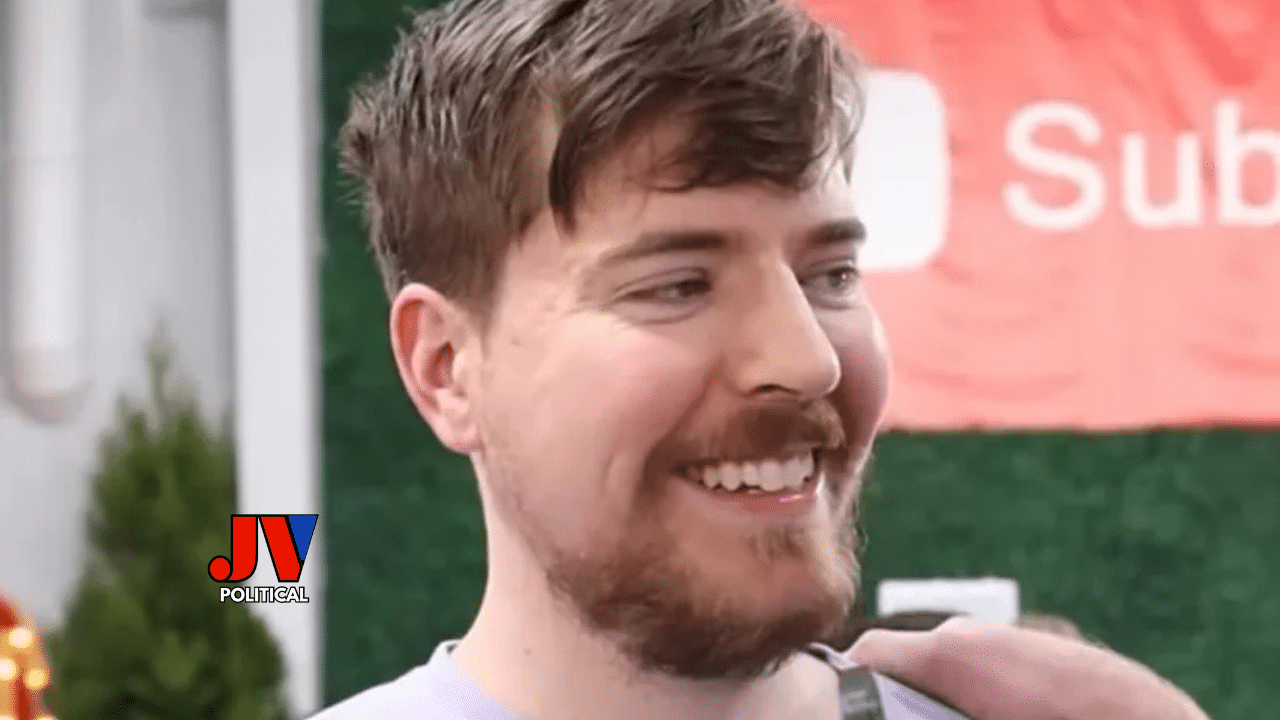Progressive vs Traditional: The Culture War Inside the Sistine Chapel
The Sistine Chapel’s chimney emits black smoke again on the second day with no pope elected reveals that the 2025 conclave extends beyond selecting the 267th pontiff. Progressive and traditionalist cardinals are battling for control over the Catholic Church’s future direction. The conclave comprises 133 electors representing 70 countries which makes it the most diverse group of electors in the Church’s two millennia existence demonstrating how this global institution confronts modern challenges while upholding ancient doctrines. This comprehensive analysis explores the ideological divide alongside the contentious issues and hidden forces that define this landmark event.
The Battle Lines: Progressives vs. Traditionalists
Pope Francis passed away on April 21, 2025 ending his papacy characterized by forward-thinking changes and divisive inclusivity. The first pope from Latin America, Francis led the Church to welcome migrants while also giving importance to environmental care and allowing gradual inclusion of women and LGBTQ+ members. Eighty percent of the voting cardinals selected by Pope Francis bias the conclave towards continuity yet the conclave’s hidden nature paired with divine inspiration from the Holy Spirit creates unpredictable results.
Progressive Cardinals: Carrying Francis’ Torch
The Bergoglian camp of progressive cardinals supports a Church that adapts to contemporary changes. They emphasize:
- Women’s Roles: The influence of women in Church governance needs expansion to include possible positions as deacons and Vatican leadership roles. The Synod on Synodality initiated by Francis set the foundation for these debates while ordination stays a divisive issue.
- LGBTQ+ Inclusion: Building on Pope Francis’ 2013 statement “Who am I to judge?” progressive Catholics advocate for a compassionate approach to LGBTQ+ members by promoting inclusive language and ministries without supporting same-sex marriage.
- Clerical Abuse Reform: The Catholic Church needs stronger accountability mechanisms for clergy sexual abuse through enhanced transparency and survivor support systems. Francis’ work including the 2019 Vos Estis Lux Mundi represents progress according to supporters but critics believe these actions did not meet expectations.
The progressive vision is represented by leading figures such as Cardinal Pietro Parolin who serves as Francis’ Secretary of State. Cardinal López Romero gained recognition for his forward-thinking approach to engaging in dialogue between faiths, especially with Muslims which demonstrates the worldwide Church Francis seeks to build.
Traditionalists: A Call to Roots
A vocal minority of traditionalist cardinals attempt to stop Francis’ reforms while they maintain their focus on doctrinal clarity and liturgical tradition. These members believe the Church should defend eternal principles without yielding to modern societal influences. Their priorities include:
- Doctrinal Orthodoxy: Traditionalists maintain their principles by defending established teachings about marriage and sexuality and the priesthood to oppose moral relativism. Canon lawyer Fr. Canon lawyer Fr. Gerald Murray has expressed concern that Francis’ “evolving truth” could lead to a schism.
- Liturgical Purity: The traditional practices that some members of the Church’s conservative wing believe were neglected under Pope Francis are now receiving renewed attention.
- Clerical Abuse as Moral Failure: The Church responds to abuse scandals through the strengthening of priestly celibacy and moral discipline instead of pursuing structural reforms that could weaken its authority.
Traditionalist groups hold Cardinal Raymond Burke in high regard and he stands out as a leading speaker yet his limited appeal keeps his chances of becoming pope very slim. The Hungarian archbishop Cardinal Péter Erdő stands out as a traditionalist candidate recognized for his contributions of “clarity, tradition, and reform” to church discussions.
The Issues Shaping the Vote
Three lightning-rod issues determine the secretive discussions held by the conclave beneath Michelangelo’s Last Judgment.
1. Women’s Roles: Evolution or Revolution?
Pressure mounts on progressive cardinals to raise women’s positions in the Church due to the activism of both advocacy groups and younger Catholics. On May 7 women protested against the male-dominated Church near the Vatican by lighting pink smoke flares. Progressives may push for women to take on advisory roles or become deacons even though the priesthood remains closed to them which traditionalists perceive as starting down a precarious path. The mixed composition of the electorate which includes cardinals from Africa and Asia with different gender norms makes reaching consensus difficult.
2. LGBTQ+ Rights: Inclusion vs. Doctrine
Francis’ gestures towards LGBTQ+ acceptance through limited same-sex union blessings created divided reactions of both optimism and opposition. Progressives aim to broaden inclusivity by referencing the church’s 1.4 billion members who reside in societies that recognize LGBTQ+ rights. Traditionalists view this as a departure from biblical instructions regarding marriage and sexuality. Cardinals from 70 nations attend the conclave which creates stark cultural differences about this issue with conservative tendencies predominant among African and Eastern European cardinals.
3. Clerical Abuse Scandals: Accountability or Deflection?
Survivors’ organizations are pressing cardinals to focus on reform as the clergy sex abuse crisis continues to dominate the Church’s agenda. Progressive members seek systemic reforms through independent oversight and lay participation while traditionalists view abuse as a moral lapse that demands more rigorous celibacy rules. In pre-conclave discussions this topic took center stage as cardinals received warnings about accountability if they fail to enact reforms. The forthcoming pope’s position will determine the Church’s trustworthiness for generations.
The Diverse Electorate: A Global Church in Microcosm
The conclave now holds the record for being the largest and most geographically diverse assembly with 133 cardinals representing 70 countries which represents an increase from 115 cardinals in 2013. The College of Cardinals has become more diverse due to Francis’ nominations which diminished European dominance to 40% of electors while increasing representation from Africa, Asia and Latin America. The Church’s expansion in the Global South where 70% of Catholics reside has led to increased ideological divisions.
- African Cardinals: While they stand firm against LGBTQ+ rights they actively speak out about global justice along with migration concerns.
- Asian Cardinals: Cardinal López Romero represents those who support interfaith dialogue but other Catholics focus more on maintaining local traditions.
- Western Cardinals: Progressive European and American cardinals including Cardinal Joseph Tobin stand opposed to traditionalists such as Cardinal Burke.
Attaining a two-thirds majority through 89 votes requires strategic coalition-building and cultural differences may extend the conclave beyond the predicted two to three days.
Insider Insights and Controversy
The oath of secrecy does not stop hints of discord from emerging during pre-conclave gatherings known as general congregations. Cardinal Gregorio Rosa Chávez of El Salvador declared there would be no regression from Pope Francis’ vision whereas supporters of traditionalist Cardinal Erdő find support among those who fear division. The black smoke from the conclave’s opening three ballots signals that no candidate has yet united the factions. Observers suggest that Parolin and other progressive leaders might have to negotiate with moderate cardinals to obtain enough votes.
Controversy swirls outside the Vatican, too. Glossy publications from conservative Catholic media profile papabile candidates while young Catholics use open letters to call for a Church that aligns with their values. Women’s pink smoke protest demonstrates their mounting dissatisfaction while clergy abuse survivors emphasize moral imperatives. Cardinals face external pressures which influence their moral decisions although they cannot attend the conclave.
What’s at Stake?
The incoming pope will face a divided Church alongside international diplomatic issues and the challenges of faith in a technologically advanced secular world. The cardinals face a choice between maintaining Francis’ forward-thinking impact which may deepen internal divisions or reverting to traditional practices that could disengage younger and international Catholic followers. To address the clergy abuse crisis the Church must take strong measures while maintaining its relevance through the inclusion of women and marginalized communities without disrupting core teachings.
The cardinals cast their votes under Michelangelo’s frescoes while 45,000 people at St. Peter’s Square observe the first voting event. Black smoke indicates no decision has been reached while white smoke—fumata bianca—announces a new beginning. The Sistine Chapel stands as a site of conflict until a new pope is chosen because the future of the Catholic Church depends on the outcome.
Sources: Catholic News Agency, Reuters, The Independent, National Catholic Register, The Guardian, and posts on X.
References
- The Independent: www.the-independent.com
- People: www.people.com
- CNN: www.cnn.com
- TMZ: www.tmz.com
- Blabbermouth: www.blabbermouth.net
- Los Angeles Times: www.latimes.com
- Billboard: www.billboard.com
- Rolling Stone: www.rollingstone.com
- Hollywood Reporter: www.hollywoodreporter.com
- USA Today: www.usatoday.com
- E! Online: www.eonline.com
- Fox 10 Phoenix: www.fox10phoenix.com

